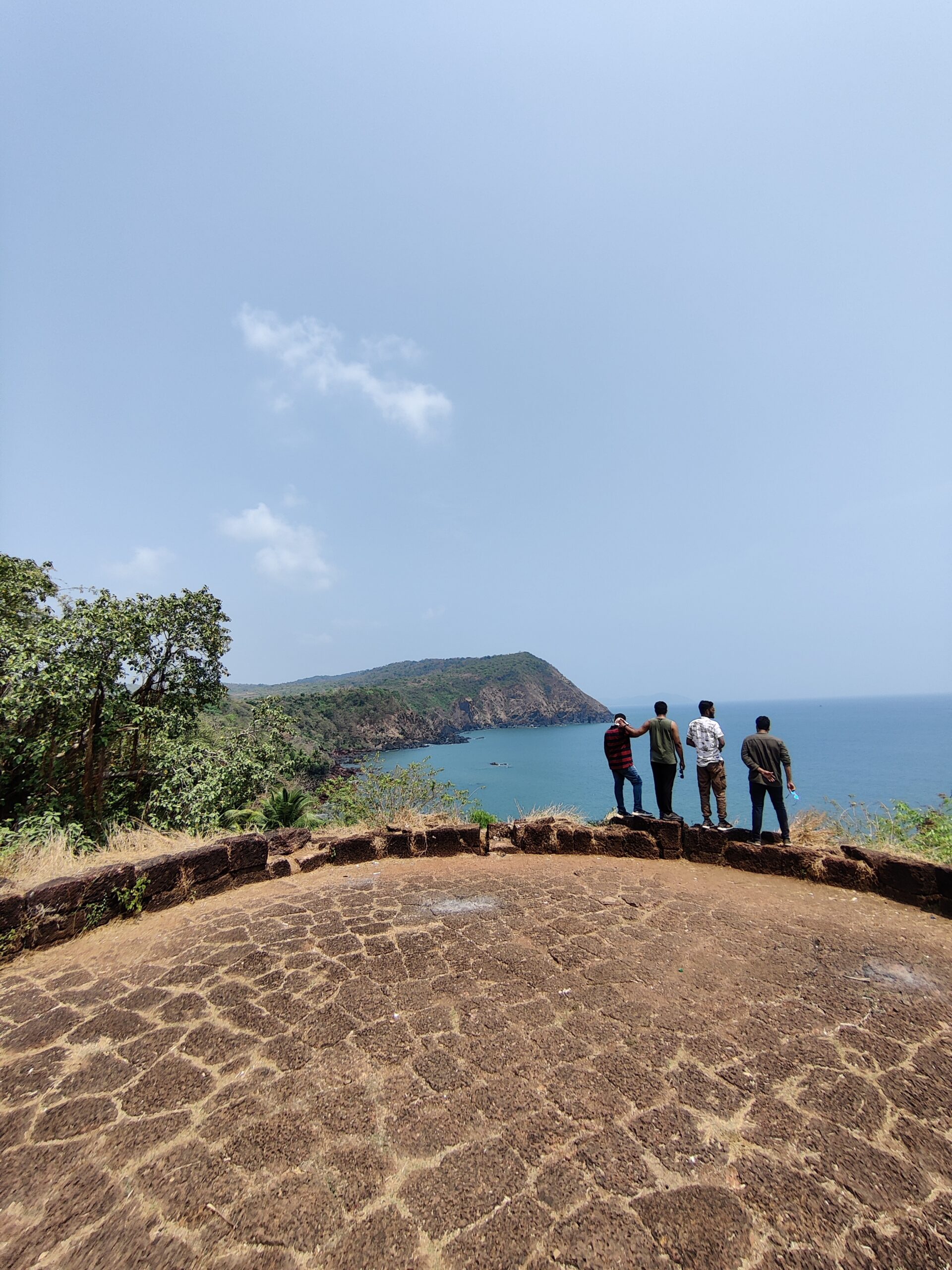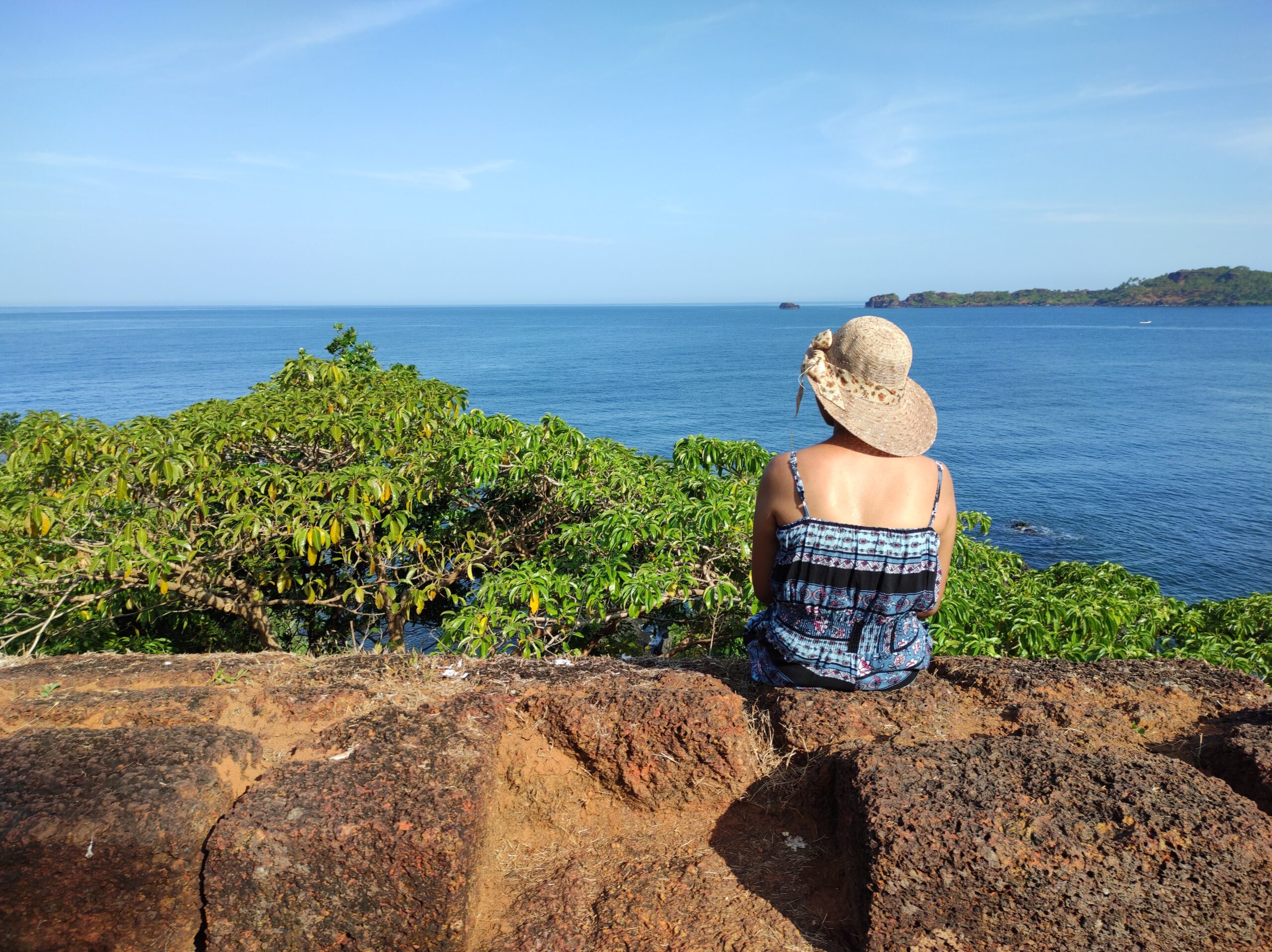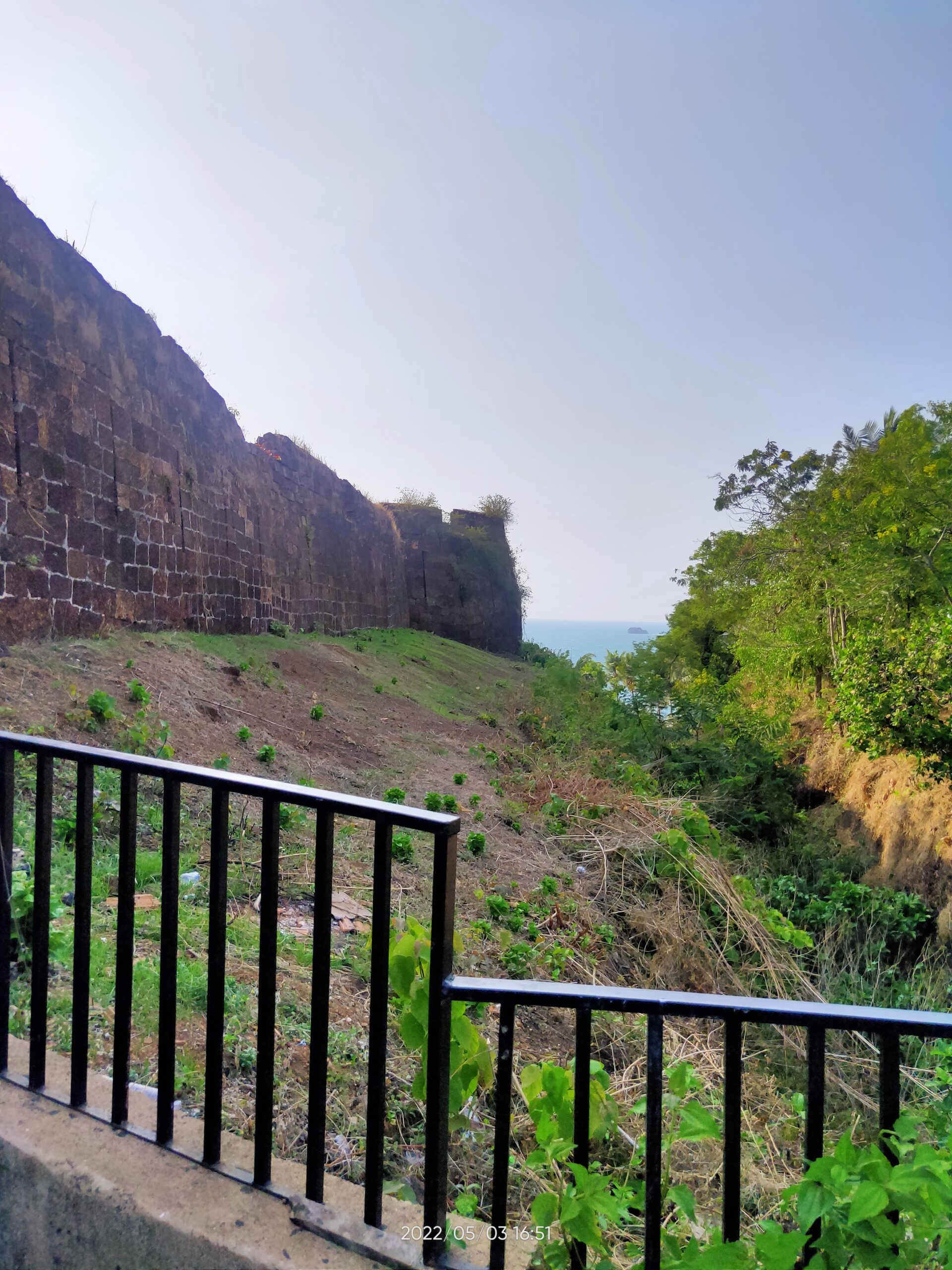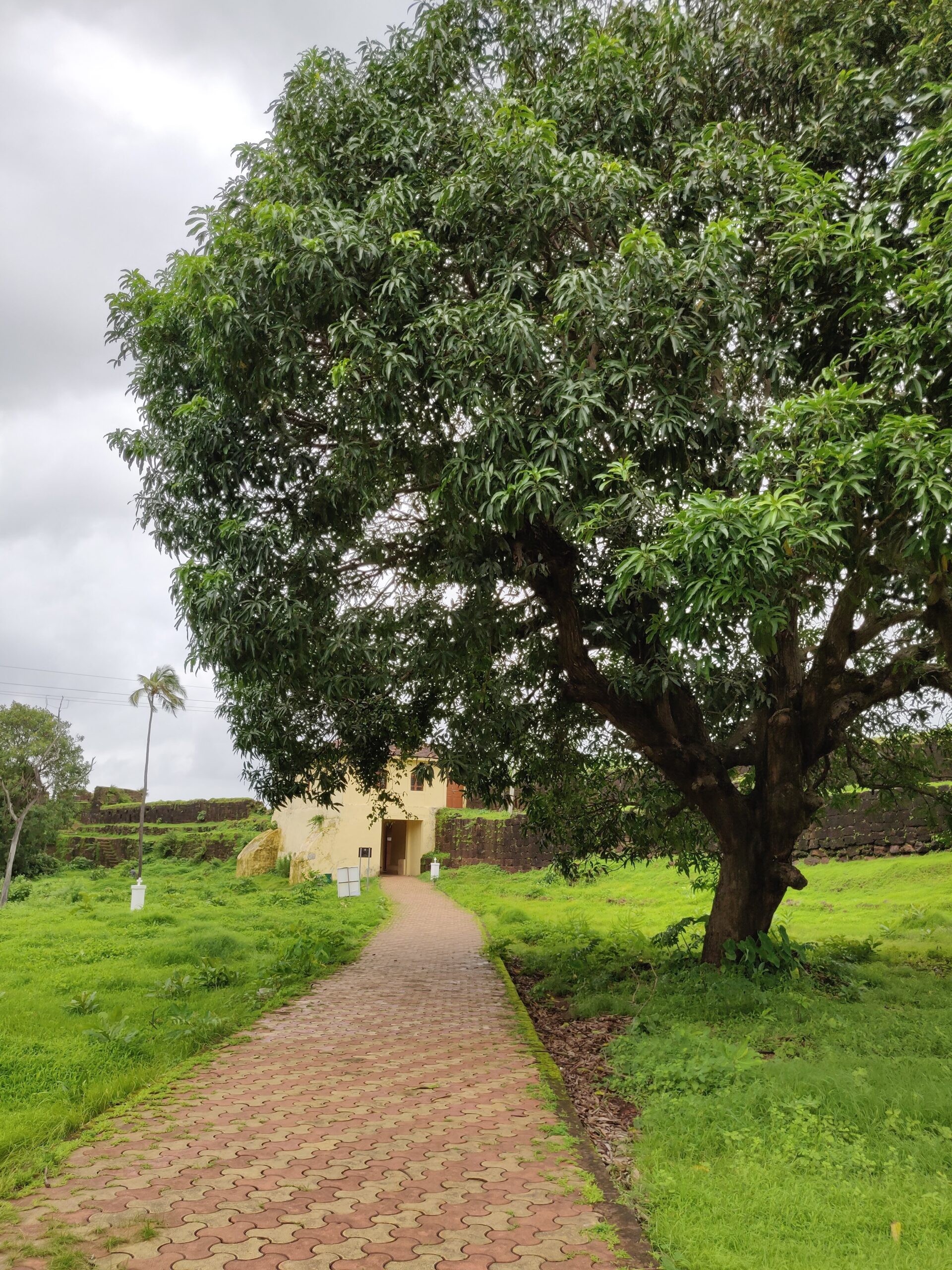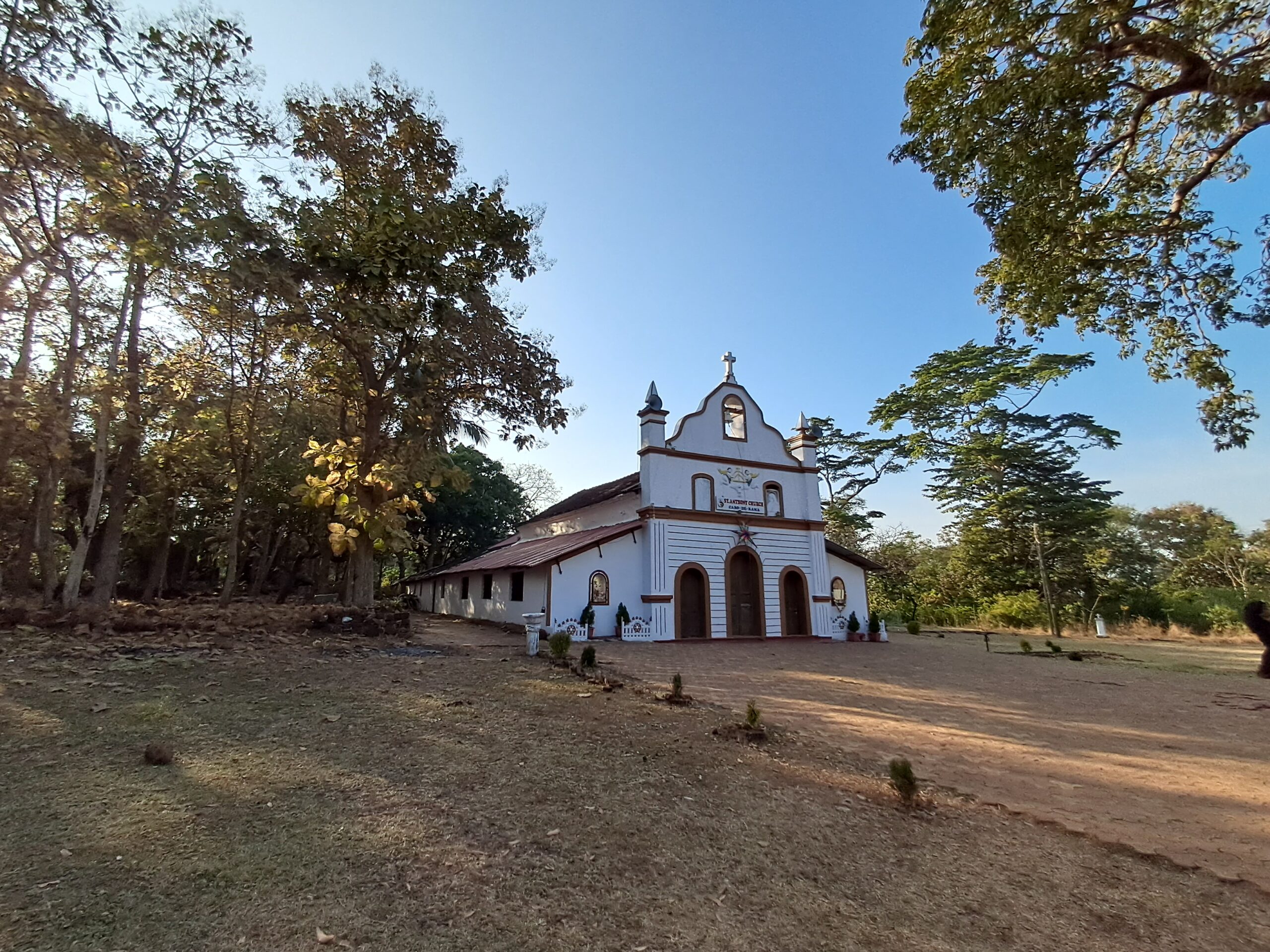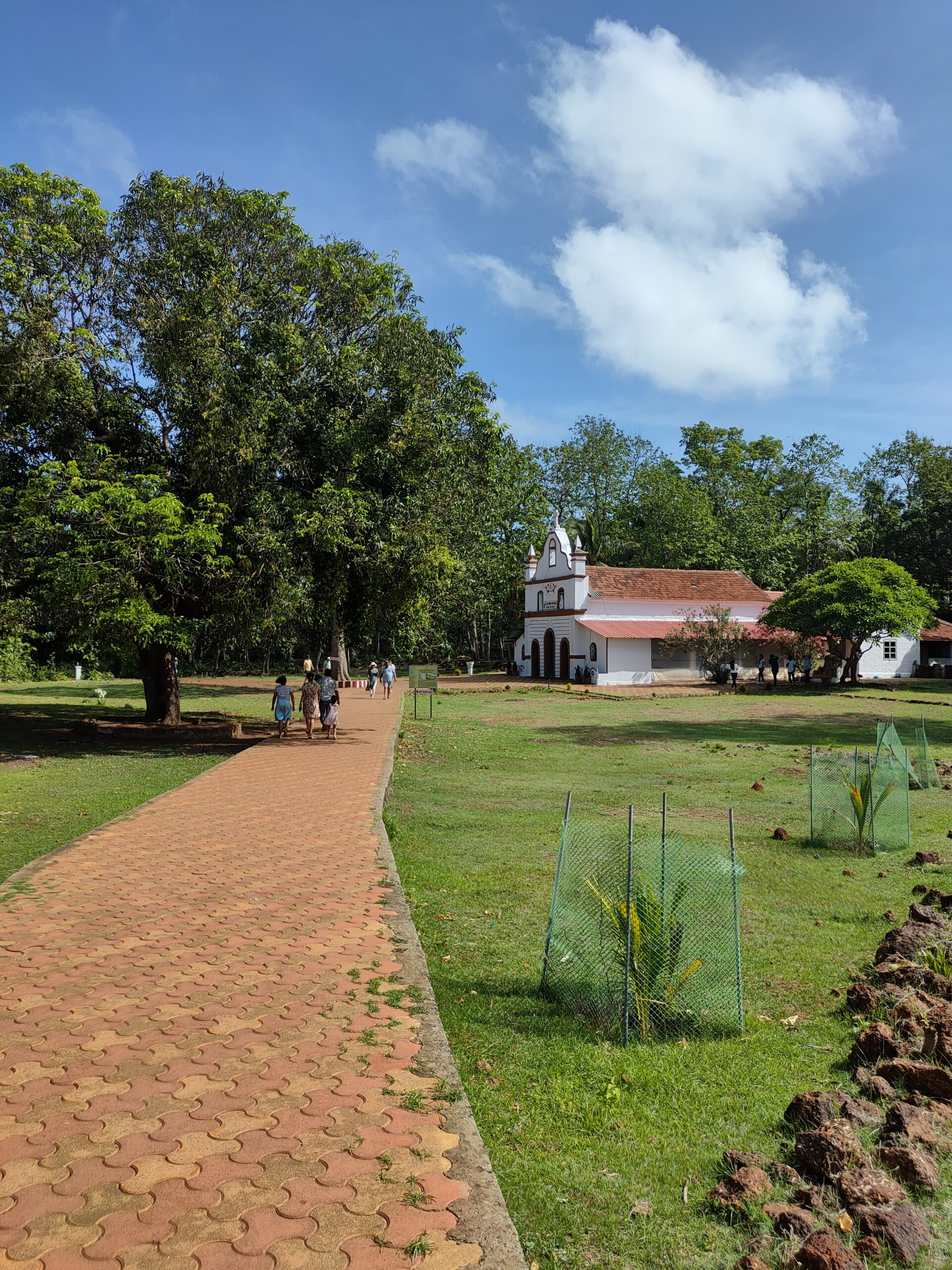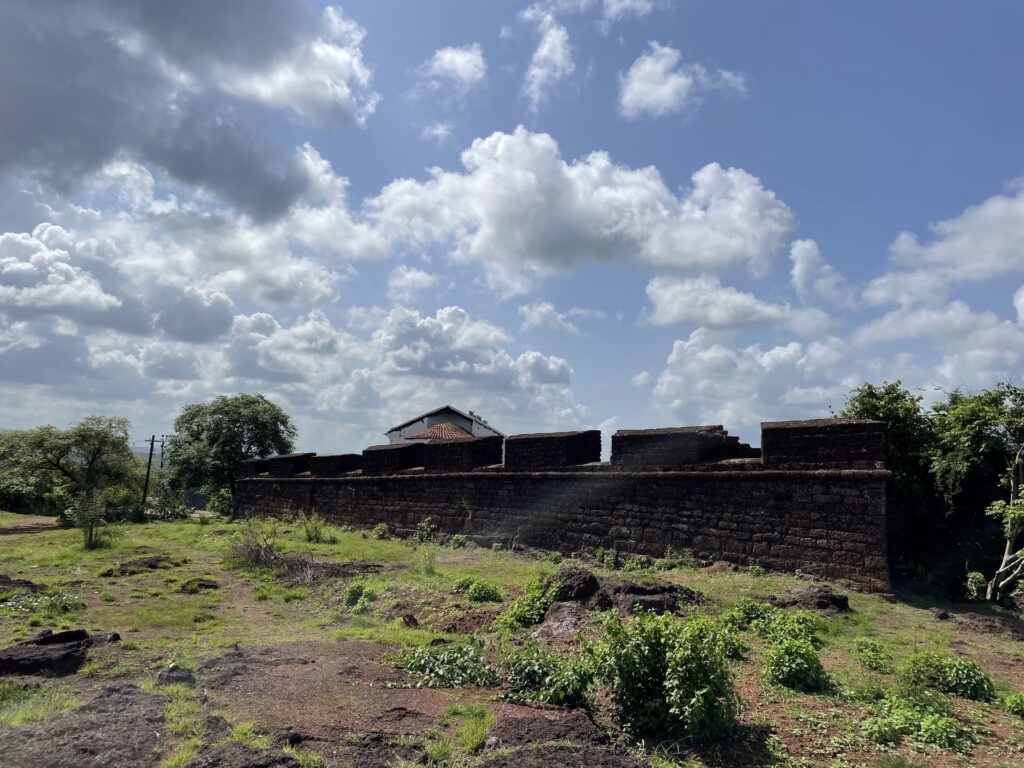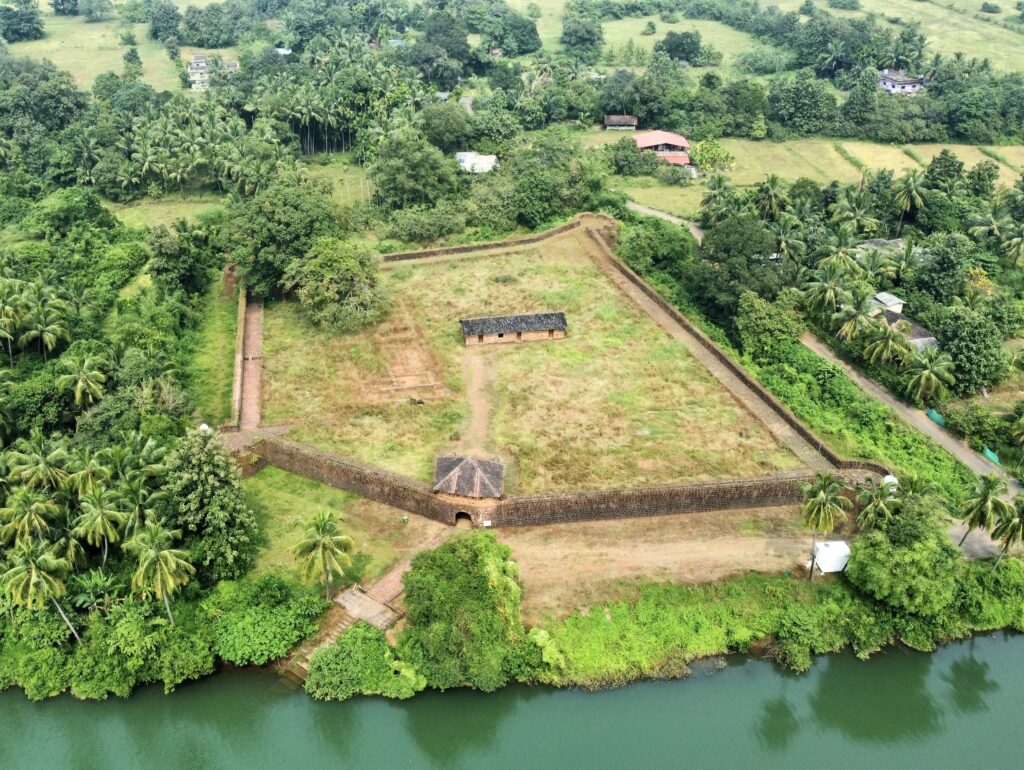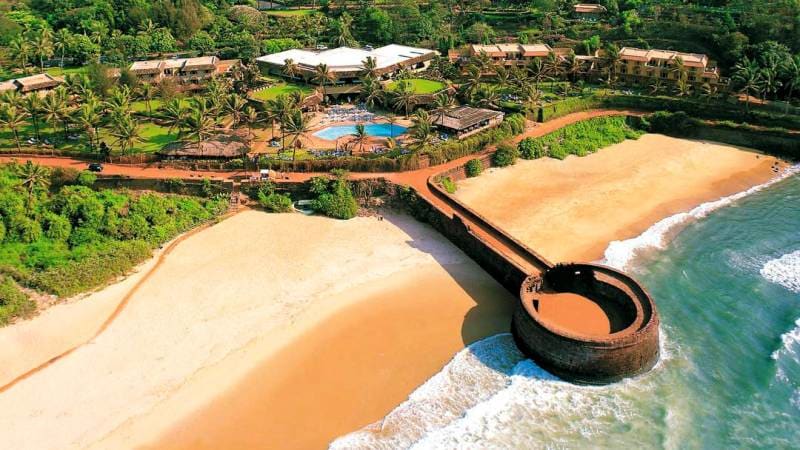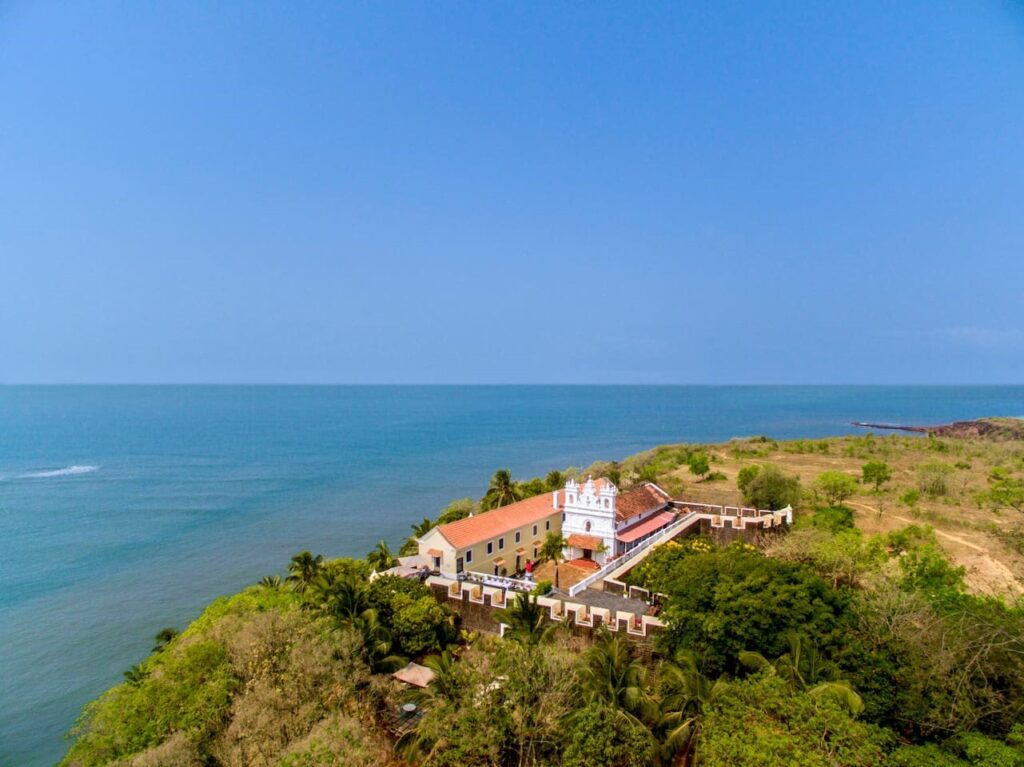
Cabo de Rama Fort: The Legendary Coastal Citadel of South Goa
Cabo de Rama Fort, perched dramatically on a cliff in Canacona, South Goa, is one of the region’s oldest and most storied forts. Steeped in legend, history, and natural beauty, this fort offers sweeping views of the Arabian Sea and a glimpse into Goa’s layered past.
Visiting Hours: 9:00 am to 5:30 pm
Entry Fee: Free
Dress Code: Comfortable attire and sturdy shoes are recommended for exploring the ruins and uneven terrain
How to Reach
View Location
Cabo de Rama Fort is located about 16 km north of Agonda Beach in Canacona, South Goa. It is easily accessible by taxi, private vehicle, or bike. The approach winds through picturesque countryside and coastal villages, ending at the fort’s imposing gateway.
History and Origins
The origins of Cabo de Rama Fort date back centuries, with its name rooted in the epic Ramayana. According to legend, Lord Rama, along with his wife Sita and brother Lakshmana, stayed here during their exile from Ayodhya, giving the fort its name. The original structure was built by Hindu rulers and later came under the control of various dynasties, including Muslims and the Soonda rulers.
In the 1760s, the Portuguese acquired the fort from the Raja of Soonda, who surrendered it for protection against Hyder Ali of Mysore. The Portuguese expanded the fort, adding military barracks, command posts, officers’ quarters, and a chapel. It was equipped with 21 cannons and became a key defensive outpost on Goa’s southern coast. In the 20th century, the fort was converted into a prison, a role it served until 1955.
Architectural Features
Cabo de Rama Fort sprawls across 180,000 square meters and is primarily built from laterite stone. The fort’s massive walls, moats, ramparts, turrets, and cannons are remnants of its military past. The main entrance has been reconstructed and remains impressive, while the western wall offers breathtaking vistas of the Arabian Sea and the coastline stretching from Colva to Canacona.
Within the fort, the Capela de Santo António (Church of St. Anthony) stands out with its whitewashed façade, still in use today and well-maintained. The rest of the fort is mostly in ruins, but visitors can explore the old prison buildings, bastions, and a steep pathway leading down to the secluded Cabo de Rama Beach below.
Cultural and Local Significance
The fort is a symbol of Goa’s multi-layered history, blending myth, colonial conquest, and local lore. Its association with the Ramayana makes it a site of religious interest, while its Portuguese-era church and cannons reflect centuries of changing rulers and military strategy.
Visitor Experience
Cabo de Rama Fort is ideal for those seeking solitude, history, and natural beauty. The fort is rarely crowded, offering a peaceful atmosphere and panoramic views—especially at sunset. The walk along the ramparts and down to the beach is rewarding for photographers and nature lovers.
Nearby Attractions
- Cabo de Rama Beach: A pristine, less-visited beach just below the fort, perfect for relaxation and sunset views.
- Leopard Valley: A popular nightlife spot near Agonda.
- Anand Yoga Village: For those seeking wellness and yoga retreats near Palolem.
- Conco Island: Known for water sports and scenic landscapes, a short trip from the fort.
Cabo de Rama Fort stands as a testament to Goa’s enduring legends and strategic importance, offering visitors a blend of adventure, history, and breathtaking scenery on the southern coast.

